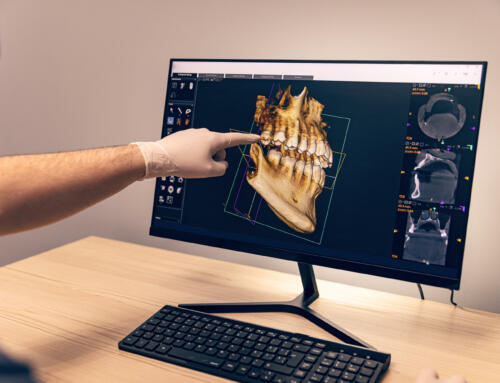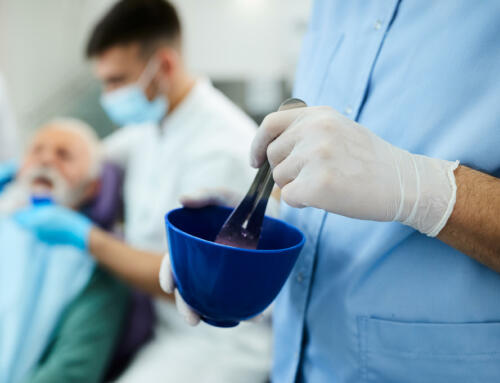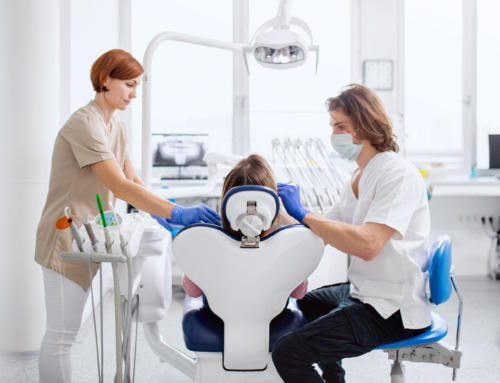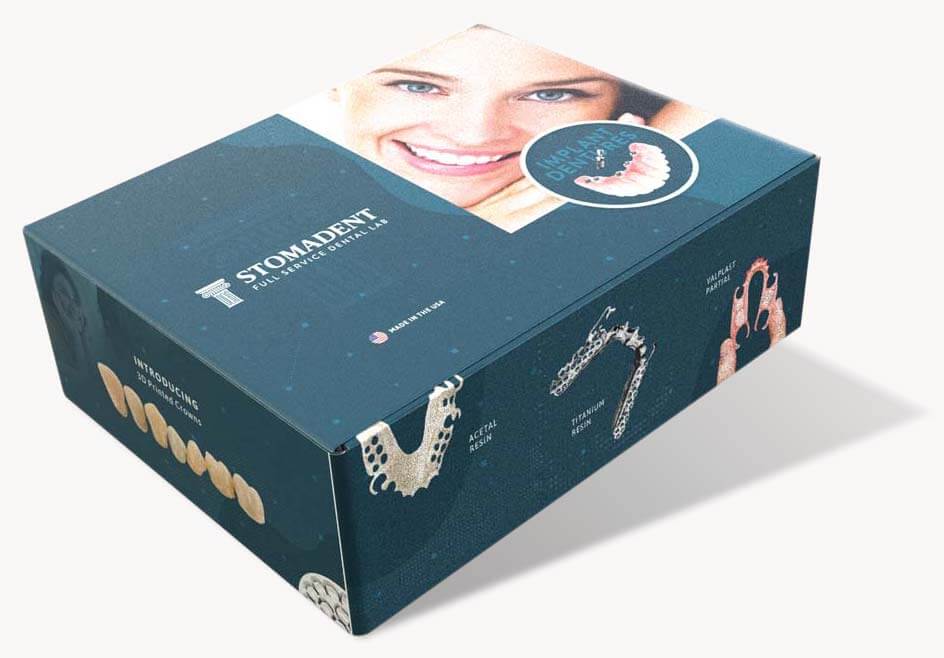
By David Hudnall, DMD
CAD/CAM technology has revolutionized dentistry. The genie is out of the bottle, and there is no putting it back. Laboratory technicians and clinicians have realized that there are numerous benefits to using technology to improve treatment outcomes.
This article emphasizes the practical implications and developments of CAD/CAM technology and some of its potential uses and improvements currently under investigation.
Essential Innovations of CAD/CAM Technology
The collection of data and data analysis is constantly changing and evolving, allowing dental professionals to do more with more information while producing dental appliances that offer better fit, reduced remakes, and improved time-saving at delivery.
Let’s explore some of the innovations in CAD/CAM technology and the developments that we might expect to see in the near future.
Advanced-Data Analysis
While being recognized for collecting data used to construct 3D digital dental models for orthodontics, prosthodontics, and implantology, you can’t talk about CAD/CAM technology without acknowledging the role that intraoral scanners play in capturing data. While intraoral scanners were designed for the purpose of creating virtual models from dental impressions, they have also been shown to have promising possibilities for oral health diagnostics.
Currently, some scanning systems are offering integrated software to aid in caries detection and the detection of fractures, dental wear, and anomalies. Research is underway to determine how intraoral scanners may be used to aid in the diagnosis of pathology and abnormalities associated with oral tissue.
With industry-wide software changes on the horizon, the ability to use open-source software to combine intraoral scanning data with CBCT images will allow complementary information from both types of scans to be combined and utilized together for improved patient treatment planning, tooth preparation and optimal patient comfort in prosthetic and implant cases.
The potential to integrate a Computer-Aided Design and Computer-Aided Manufacturing (CAD/CAM) system with a diagnostic device that offers other applications can greatly increase the benefits of intraoral scanner technology for both the patient and clinician. This digital workflow offers vast advantages over traditional restorative dentistry.
Newest Intraoral Scanners
Changes in intraoral scanner design and ergonomics have recently focused on better operator control and patient comfort. Many systems have recognized the benefits of wireless wand technology that allows more refined control of the sensor while eliminating the bulkiness and restriction in movement caused by cords.
In addition, a more compact sensor design allows for improved access to difficult-to-reach areas, such as second molars. With rapidly changing technology, how do you choose the best intraoral scanner for your dental office? Here are five criteria to consider:
Ease of Use – not only the hardware but also the user-friendliness of the software
Accuracy – the scanner precisely captures micro-details to ensure high-quality lab work
Speed – the time it takes to scan plus any lag time consumed loading images onto the screen
Software Interface – the manufacturer provides software updates as technology advances
Overall Cost – initial cost of the equipment plus the cost of software subscriptions, training, auxiliary equipment, and fee-based customer support
One example of improved technology is the latest revision in the Aoralscan line. Known for providing cost-effective solutions to dental clinics, Aoralscan has introduced the Shining 3D Aoralscan 3. Thanks to upgraded technology and optimized algorithms, it features a scan speed that is 30% faster than the previous model and slimmer and longer autoclavable scan tips for a more comfortable patient experience. Plus, Aoralscan comes with a perpetual software license, eliminating ongoing subscription fees for dental practices.
Virtual Models
Industry-standard STL software files that contain code used to generate virtual models will be replaced in the near future by 3D manufacturing format (3MF), a free, open-source code being developed by a consortium of minds from a variety of different industries. 3MF code is specifically designed for use in additive manufacturing, such as 3D printing, and contains the actual 3D virtual model design and associated data, which allows full-color models to be saved in their final form and shared without machine-dependent software manipulation that currently consumes time every time data is loaded from an STL file.
New software tools are making additive manufacturing, like 3D printing, a more efficient process with data optimization and validation. The latest CAD systems are now more easily integrated with 3D printing platforms, facilitating the transfer of instructions from the design phase to 3D printing with no additional stages or transformations in between.
New developments in CAD software and virtual imaging will use algorithms and artificial intelligence that encourage generative design possibilities to determine the best solution based on specified user parameters and preferences. AI and machine learning will further automate the design process, offering dental appliance design recommendations based on historical data and user preferences.
Additional innovations on the horizon include cloud-based CAD systems that allow the sharing of virtual models and prosthetic designs with multiple users across multiple devices and locations. Finally, newer CAD systems will focus on improvements to intuitive design for enhanced productivity, a more enjoyable user experience, and a premier final restoration.
Diminished Need for Manual Quality Control
Because the newest computer-aided design software uses precise measurements that allow for exact restoration dimensions, laboratory technicians are able to design crowns and other dental restorations that eliminate voids and manufacturing errors and possess ideal dimensions and thicknesses to ensure material strength and restoration longevity.
Unlike traditional analog methods, manual handling of components is kept to a minimum, eliminating numerous production errors. Design data is used to drive the manufacturing process, creating an accurate prosthetic appliance that fits the mouth precisely with almost no adjustments required at delivery, saving the dental professional time.
Dentures + Removable Prosthetics
Employing CAD/CAM technology to produce removable prosthodontics eliminates many of the errors associated with the traditional lost wax process. Rather than taking an artistic approach, appliances are designed on virtual models without the need for error-prone reverse imaging. Denture teeth are not limited to those available on stock cards; denture teeth can be manufactured to exactly fit the curvature of the arch for improved denture stability.
While frameworks are produced via 3D milling, all-resin appliances, and component parts may be manufactured by either subtractive milling from solid blocks of pre-processed resins or by additive building and incremental curing using 3D printing. CAM allows for denture baseplates and denture teeth to fit seamlessly together in post-production.
Expert Digital Workflows at Stomadent Dental Laboratory
Count on Stomadent Dental Lab to incorporate the newest innovations in CAD/CAM technology into your next case. Are you looking for an intraoral camera to incorporate into our digital laboratory workflow? Stomadent has partnered with Aoralscan to eliminate the mystery associated with choosing an intraoral scanner to help you transition to chairside scanning.
With over 20 years of investment and innovation in the world of digital dentistry, trust Stomadent to remain at the forefront of the latest CAD/CAM solutions to achieve the best restorative results!

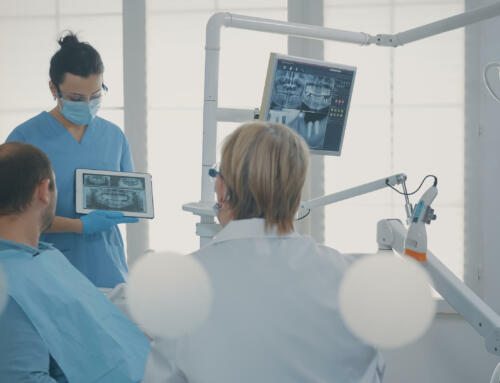
![Hybrid Denture with Titanium Bar [Best Methods + Advantages]](https://stomadentlab.com/wp-content/uploads/2024/01/dental-prosthesis-on-dark-background-2023-11-27-05-06-28-utc-scaled-500x383.jpg)
![The Lucitone Denture Advantage [Best Practices + Advice]](https://stomadentlab.com/wp-content/uploads/2022/08/lucitone-promo-1-500x383.jpg)
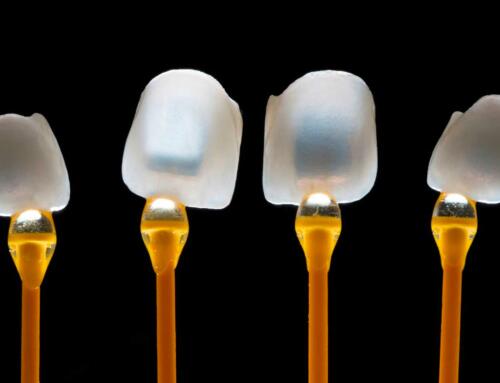
![How to Remove Snap On Dentures [Expert Guidance]](https://stomadentlab.com/wp-content/uploads/2023/12/a-denture-in-a-glass-of-water-dental-prosthesis-c-2023-11-27-04-50-54-utc-scaled-500x383.jpg)

